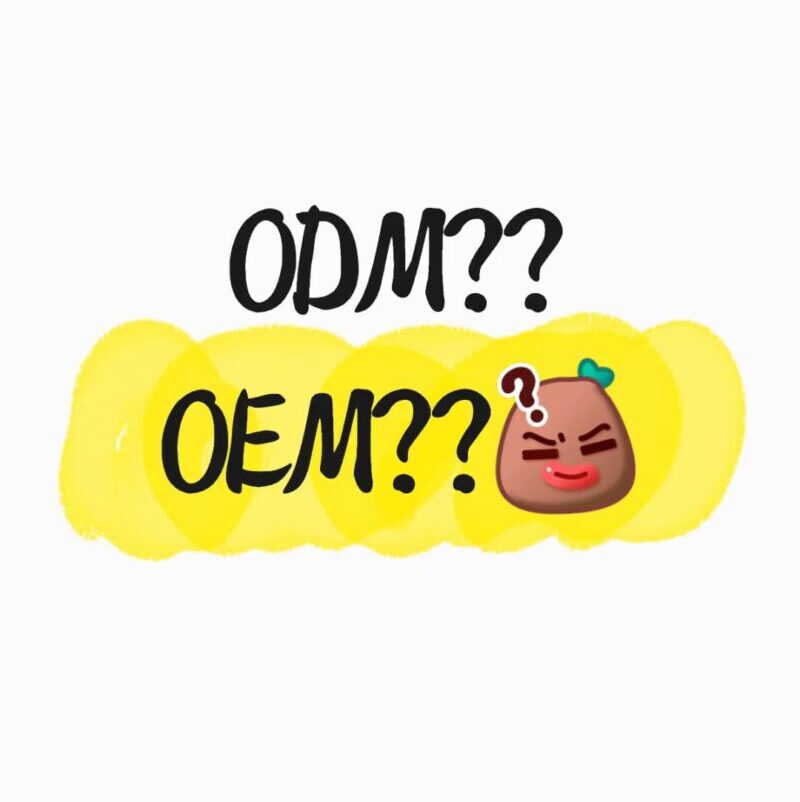A Cost-Saving Advantage: The Complete Guide to ODM Services
For young brands in the kidswear market, design and development are often the most expensive hurdles. Sketching concepts, hiring designers, producing prototypes, and revising until a product feels “right” can eat up months—and more importantly, a large portion of your budget. But there’s another path: working with an ODM service that takes on the design legwork while still giving you space to shape your brand identity.
At MK Kids, we’ve seen how ODM partnerships can transform the way children’s clothing businesses grow. Instead of starting from a blank page, ODM services offer a ready-made foundation that lets brands cut costs and speed up time to market. Let’s take a closer look at how ODM compares with OEM, and why it might be the smarter choice for your next collection.
OEM vs. ODM: What’s the Difference?
OEM (Original Equipment Manufacturer) is the more traditional model. A brand brings its own design—sketches, tech packs, or fabric specifications—and the factory produces exactly what’s requested. The benefit is full control, but it also means that all design costs, revisions, and delays fall squarely on the brand.
ODM (Original Design Manufacturer) flips that responsibility. The factory itself develops designs, creates prototypes, and maintains a library of patterns and fabrics. Brands can select from existing styles or request minor adjustments, then apply their own labels and market the collection as their own.
The advantage is speed and efficiency. ODM removes the slowest, costliest steps—initial design and repeated sampling—while still giving the brand a product line that feels fresh and commercially viable.
Why ODM Saves Time and Money
- Ready-to-Use Designs
Instead of paying for designers or freelance pattern makers, you can leverage pre-developed templates. These aren’t generic; in fact, ODM providers often track market trends to ensure their designs reflect what’s selling right now. - Reduced Sampling Cycles
With design work already handled, prototypes are closer to “production-ready.” That means fewer back-and-forth revisions, less waste, and faster delivery. - Lower Development Costs
Hiring designers, managing iterative revisions, and producing test runs add up quickly. ODM services consolidate these expenses into one streamlined process, allowing you to launch more styles without ballooning your budget. - Scalability
When a style performs well, ODM partners can quickly reproduce it in new colors or fabrics. You get both the creative variety and the efficiency of standardized production.
The Strategic Edge of ODM
For start-ups, the first few seasons are about proving viability. You need products on shelves or online, fast, without burning capital. This is where ODM shines.
Imagine a new kidswear label trying to capture attention with fun, comfortable everyday clothing. With OEM, they’d need to hire a designer, wait for samples, make revisions, and hope their idea resonates with parents. With ODM, they can select from tried-and-tested silhouettes, add branding, and focus energy on marketing and distribution.
The result? Faster entry to market, lower upfront investment, and fewer risks. That’s why working with an odm kids clothing manufacturer can be such a decisive advantage for brands eager to grow without overstretching resources.
Where Does Creativity Fit In?
A common misconception is that ODM leaves no room for creativity. In reality, ODM works best when combined with thoughtful brand storytelling.
You can still choose custom colors, trims, or fabric prints to make the designs uniquely yours. Your brand identity—photography, lookbooks, social media campaigns—becomes the layer that differentiates your ODM-based products from others. Creativity doesn’t disappear; it simply shifts focus, allowing you to invest more in branding and customer engagement rather than technical design details.
Looking Ahead
ODM isn’t just a shortcut—it’s a strategy. By partnering with the right manufacturer, brands can launch collections faster, scale with confidence, and reinvest saved time and money into marketing, customer service, and growth.
At MK Kids, we’ve supported brands that started with a handful of ODM-based designs and grew into full-fledged labels with loyal global customers. For them, ODM wasn’t just about saving money—it was about building momentum early and setting the stage for long-term success.
Final Thoughts
Choosing between OEM and ODM depends on your resources, vision, and stage of growth. If design is your strongest skill, OEM may be the natural choice. But if you’re focused on launching quickly and efficiently, ODM offers a powerful advantage: lower costs, faster timelines, and a smoother path to market.
In today’s competitive kidswear landscape, every edge counts. ODM might just be the tool that transforms your ideas into collections that sell—and help your brand find its place in the market.
 +1 5618168645
+1 5618168645

 Admin
Admin




 No. 888 ZhuJiaWan Street, Gusu District, Suzhou City, Jiangsu Province, China
No. 888 ZhuJiaWan Street, Gusu District, Suzhou City, Jiangsu Province, China